- 泽任订制
- FST动物实验器械
- 瑞士ideal-tek镊子
- 瑞士Dumont镊子
- Weller
- Techni-Tool
- 瑞士Rubis镊子
- arosurgica
- Genesee Scientific
- Gilder Grids
-
Entegris
- WEICON
- ACCURIS
- AIMS
- RMC钻石刀
- Sipel镊子
- 德国WIHA
-
Si-Mat
- Jokari
- Circuitmedic
-
Glissando病理切片扫描仪
- KNIPEX(凯尼派克)
- Swann-morton
- Cellpoint Scientific
- Swanstrom
- All-spec
-
新华器械
- Excelta
- MENDA
- MEISEI
- Erem
- Regine
-
OPTRASCAN病理扫描仪
- Benchmark
-
IDEAL
- 大龙仪器
- 五洋医疗
- Hozan(宝山)
- 3M
- Stoelting
- Roboz
-
Diatome钻石刀
- Fine Science Tools
- PLATO
- NanoSoft
-
Avantama
-
PSI打击器及配件
- Aptum
- xuron
- SPI
- ASI Instruments
-
上海一恒
-
上海雷磁
- Quantifoil
- 上海方需
- 苏州六六
-
Hamilton
- ISMART
-
显微镜
-
Bonllmann
- AVEN
- 塔望科技
-
瑞典Haglof激光测距仪
- STILLE
-
美国安维迪
- 德国贝朗蛇牌
- Medline
-
蛋白纯化系统
-
OHAUS奥豪斯
- 康博特森
- Ossila
-
赛宁(苏州)生物
- Bernstein
- 洁盟清洗机
- Ted Pella
- DSI
- Keller
-
Smart Tweezers
- 瑞士PB
-
Microscopes Internat...
- Lattice Gear
-
凯氏定氮仪
- lindstrom
- 美国EMS
-
1-material
-
仪器
- realisticflies
- Boive
- Zivic
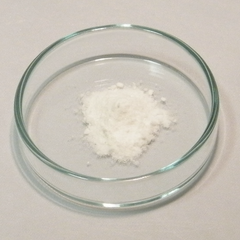
Specifications
Chemical Structure
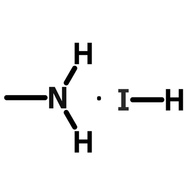
NMR spectrum
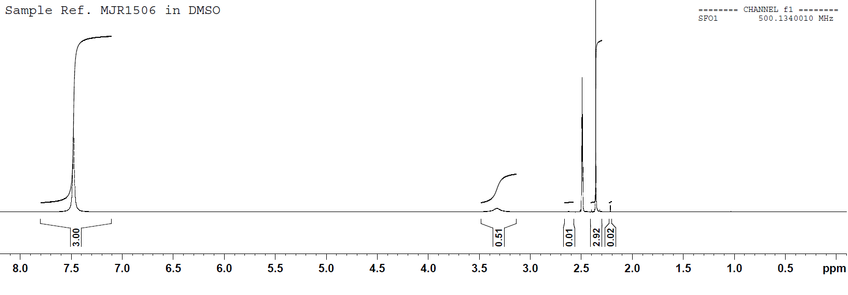
Usage details
Reference devices - perovskite PVs
Reference devices were made to assess the performance of perovskite (MAI:PbCl2) based devices with the below structure. These were fabricated in air prior to spincasting the fullerene layer in a N2 glove box. Substrates were then transferred to a vacuum chamber where a composite metal cathode was thermally evaporated. Finally, substrates were encapsulated inside the glove box before measurements were taken under ambient conditions.
Glass / ITO (100 nm) / PEDOT:PSS (30 nm) / MAI:PbCl2 / PC70BM / Ca (5 nm) / Al (100 nm)
For generic details please see the fabrication guide and video. For specific details please see the below condensed fabrication report which details the optical modelling and optimisation of the multilayer stack.
The perovskite solution (MAI:PbCl2 at a molar ratio of 3:1) was made in dimethylformamide (DMF) at a concentration of 664 mg/ml. It was found to be critical that both materials were mixed dry prior to adding the solvent in order to achieve such high concentration.
For maximum efficiency, the active layer thickness was achieved from spin casting the heated solution (70°C) onto a hot PEDOT:PSS substrate (90°C) at a spin speed of 5000 rpm for 30s. The films were then placed back onto the hotplate (90°C) for 2 hrs. The data below shows the maximum performance achieved from non-optimised conditions.
Overall, the average efficiency after 5 mins light soaking was 8.89% (9.57% maximum) from MAI:PbCl2 based devices. Hysteresis was observed to be quite significant, with sweeps running from positive to negative bias presenting the best efficiencies (hereby referred to as reverse sweeps).
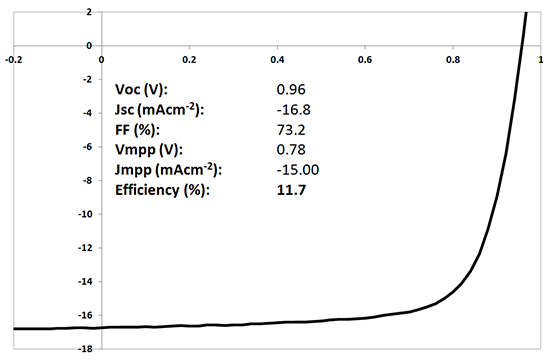
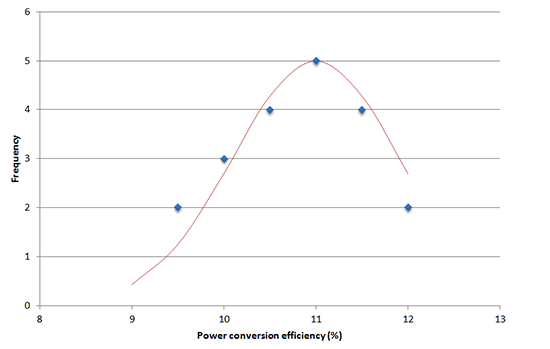
Fabrication
Substrates and cleaning
- Pixelated Cathode substrates (S171) or Photovoltaic (8 Pixel) Substrates
- 5 minutes sonication in hot 1% Hellmanex III
- 1x boiling DI dump rinse, 1x cold dump rinse
- 5 minutes sonication in warm IPA
- 2x DI cold dump rinse
- Stored in DI for 1hr
- 5 minutes sonication in hot 10% NaOH solution
- 2x DI dump rinse
- N2 blow dry
PEDOT:PSS
- PEDOT:PSS (Ossila M121 AI4083) filtered through a 0.45 µm PES filter (C2009S1)
- Spin on heated substrates at 6000 rpm for 30s
- Bake at 130°C after spin cast
- Note that the cathode strip was not wiped clean, this is to allow a consistent perovskite layer on top
- Substrates held at a temperature of 90°C for spin casting
Active layer solution
- Old stock solution (2 weeks old) of MAI:PbCl2 (3:1 molar ratio) made at a concentration 664 mg/ml in DMF
- Heated for approx. 3 hrs at 70°C
- Old stock solution of PC70BM, 50 mg/ml in CB
- Heated for approx. 4 hrs at 70°C with stir bar
Active layers
- Devices spun onto hot substrate at 5000 rpm using 25 µl dynamic dispense for 30s
- Placed immediately onto hotplate at 90°C for 2 hrs
- Cathode wipe with dry cotton bud once all substrates were spun
- Films started with a bright yellow colour
- Changed to a dark grey colour during thermal annealing process
- Transferred to a N2 glove box
- PCBM layer was spun at 1000 rpm for 30s, 20 µl dynamic dispense
- CB cathode wipe
Evaporation
Left in vacuum chamber overnight and evaporated with the below parameters.
- 5 nm Ca at 0.2 Å/s
- 100 nm Al at 1.5 Å/s
- Deposition pressure 1e-6 mbar
Encapsulation
- As standard using Ossila EE1, 30 mins UV in MEGA LV101
Measurements
- JV sweeps taken with source-meter
- Illumination by solar simulator with 100 mW/cm2 AM1.5 output
- NREL certified silicon reference cell used to calibrate
- Lamp current: 7.8 A
- Solar output at start of testing: 1.00 suns at 23°C
- Solar output at end of testing: 1.00 suns at 25°C
- Air cooled substrates
- Room temperature at start of testing : 25°C
- Room temperature at end of testing: 25°C
- Calibrated aperture mask size: 0.256 mm2
We are continuously studying MAI and perovskites and expect to provide you with further information and optimised fabrication guides as we do so. Check back regularly or subscribe to our email newsletter for updates. In the meantime, please contact us if you have any further questions.
